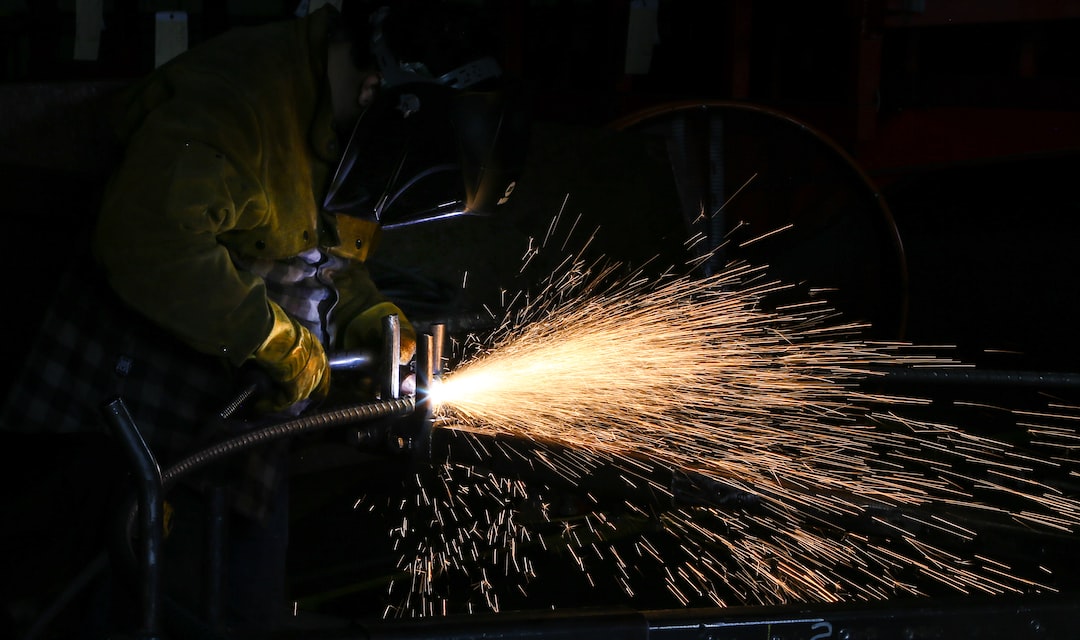Implementing Predictive Maintenance in the Manufacturing Sector
In today’s fast-paced manufacturing industry, downtime can be costly. When equipment fails unexpectedly, production halts, and revenue is lost. That’s why many manufacturers are turning to predictive maintenance to optimize their operations and minimize the risk of unplanned downtime.
What is predictive maintenance?
Predictive maintenance is a proactive approach to equipment maintenance that uses data, sensors, and analytics to predict when equipment is likely to fail. By monitoring the health of machinery in real-time, manufacturers can identify potential issues before they cause disruption, allowing for timely repairs or replacements.
How does it work?
Predictive maintenance relies on data collected from various sources, including sensors and monitoring systems attached to equipment. These sensors continuously collect data, such as temperature, vibration, and operating conditions, to track the performance of machines.
This data is then analyzed using advanced analytics and machine learning algorithms. By comparing the current performance to historical data, the system can detect patterns and anomalies that may indicate a potential failure. Predictive algorithms can also take into account external factors, such as weather conditions or production demand, to provide more accurate predictions.
Benefits of predictive maintenance
Implementing predictive maintenance in the manufacturing sector offers numerous benefits. Here are some of the key advantages:
1. Increased uptime: By detecting potential issues in advance, manufacturers can schedule maintenance activities during planned downtime, minimizing the impact on production. This helps to increase overall uptime and reduce the risk of unexpected equipment failure.
2. Cost savings: Predictive maintenance helps to reduce unnecessary maintenance activities, saving time and resources. By focusing on equipment that requires attention, manufacturers can allocate their resources more efficiently, reducing downtime and maintenance costs.
3. Improved efficiency: By monitoring equipment in real-time, manufacturers can optimize their operations and identify opportunities for improvement. For example, predictive maintenance can identify inefficient operating conditions or recommend adjustments to maximize equipment performance.
4. Enhanced safety: Equipment failures can pose significant risks to the safety of workers. Predictive maintenance allows manufacturers to identify potential safety hazards before they occur, reducing the likelihood of accidents and injuries.
5. Longer equipment lifespan: By addressing potential issues early on, predictive maintenance helps to extend the lifespan of equipment. Regular monitoring and timely repairs or replacements can prevent minor problems from escalating into major failures, ultimately saving manufacturers from the cost of purchasing new equipment.
Implementing predictive maintenance
While the benefits of predictive maintenance are clear, implementing this approach in the manufacturing sector requires careful planning and execution. Here are some steps to consider:
1. Define goals: Before implementing predictive maintenance, clearly define your objectives. Are you aiming to reduce downtime, increase equipment lifespan, or improve operational efficiency? Identifying your goals will help guide your implementation strategy.
2. Collect and analyze data: Start by installing sensors and monitoring systems on your equipment to collect real-time data. Establish a data collection process and ensure that the information is accurate and readily available for analysis.
3. Choose the right analytics tools: To make sense of the collected data, you’ll need advanced analytics and machine learning tools. Consider partnering with a technology provider that specializes in predictive maintenance to ensure you have the right tools and expertise.
4. Train your personnel: Implementing predictive maintenance requires a shift in mindset and skill set. Provide training to your maintenance team to help them understand how to interpret data, use analytics tools, and take appropriate actions based on predictions.
5. Start small and scale up: Begin by implementing predictive maintenance on a small scale, focusing on critical equipment or specific production lines. Once you’ve gained confidence and experienced the benefits, gradually expand the scope to cover your entire manufacturing operations.
In conclusion, implementing predictive maintenance in the manufacturing sector can significantly improve operational efficiency, reduce downtime, and extend the lifespan of equipment. By leveraging real-time data, sophisticated analytics, and predictive algorithms, manufacturers can identify potential failures in advance and take proactive actions. While the implementation process may require time and resources, the long-term benefits far outweigh the initial investment. Don’t let unexpected equipment failures hinder your manufacturing operations – embrace predictive maintenance and stay ahead of the game.

